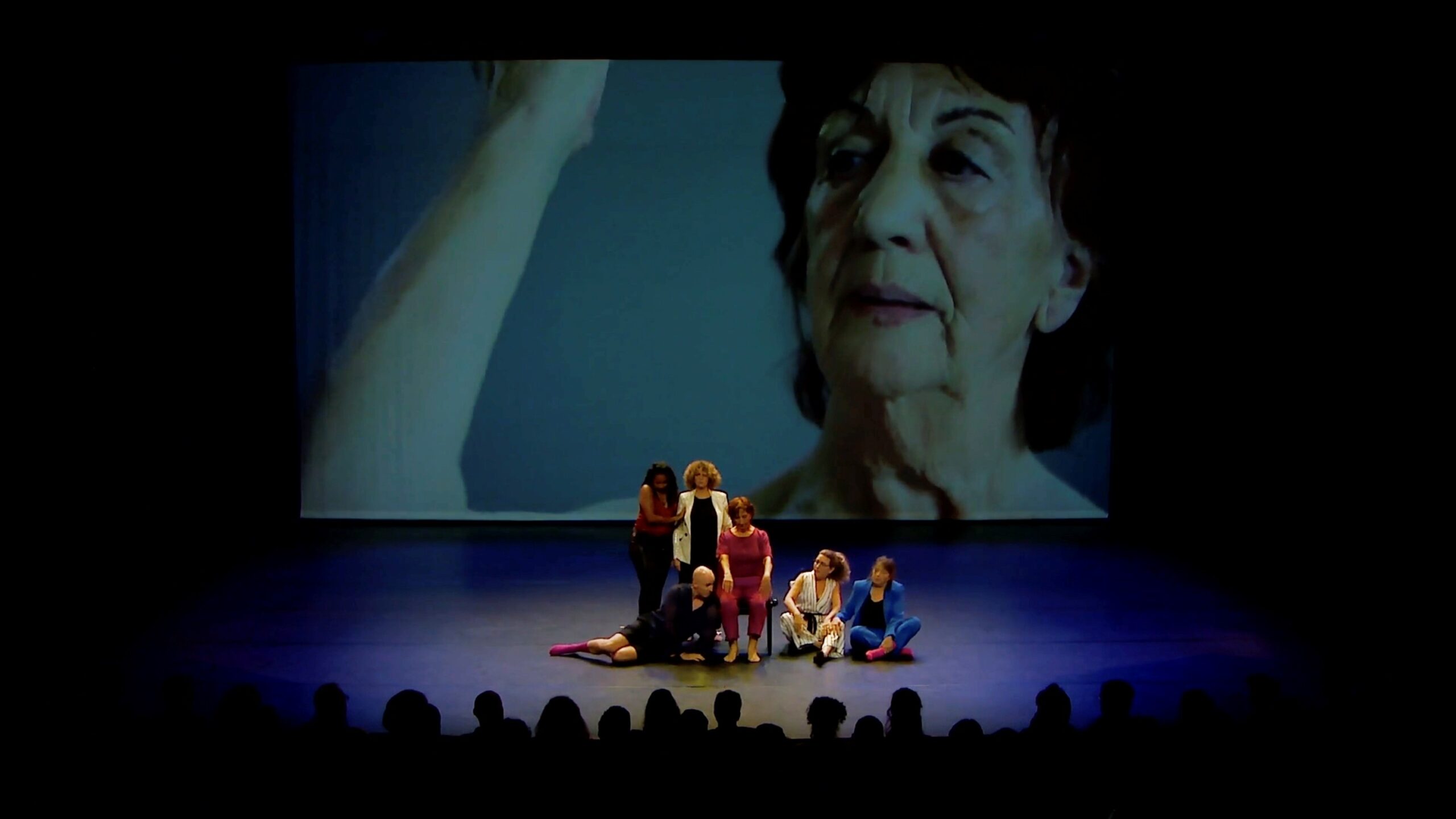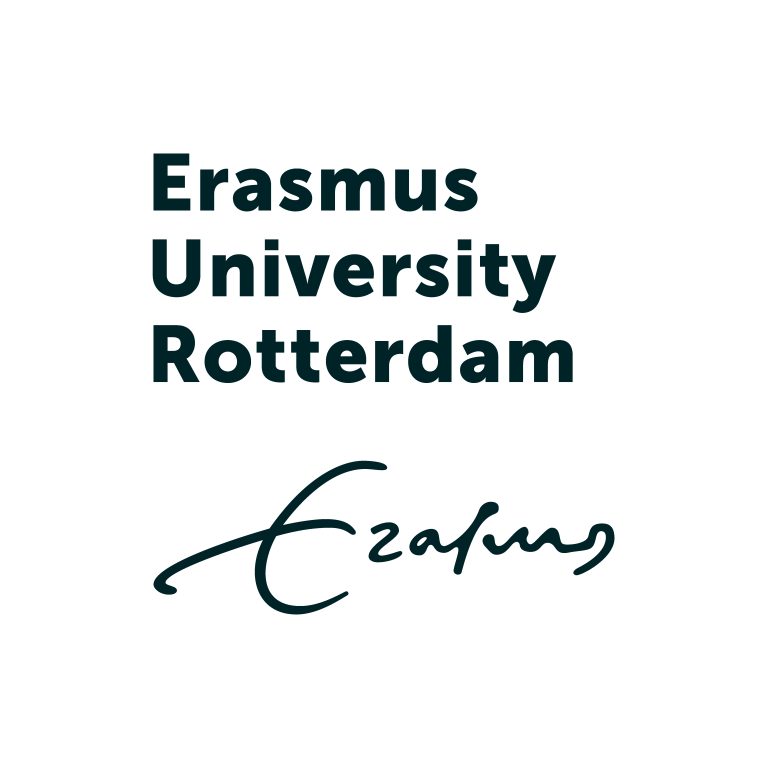Dancing with Parkinson’s, drawing while living with depression, music during surgery — art is playing an increasingly important role in our healthcare system. “When people with Parkinson’s disease dance, their speech and mood improve, and their movements become more fluid,” says Tineke Abma. She has been a professor of Art & Care at Erasmus University Rotterdam for a year now.
“It is the first academic chair in the Netherlands — and perhaps even worldwide — that is entirely dedicated to the impact of art, culture, and creativity on people’s health and well-being,” Tineke explains. The position suits her perfectly. “I’ve always been a great lover of the arts. As a girl, I spent all my time drawing. And I was dancing.”
After completing her nursing degree, she went on to study Health Policy and Management at Erasmus University Rotterdam. In her research on patients with depression and psychosis, she discovered that their experiences can be explored very effectively through photos and drawings. “Ask people to draw their body, and you’ll get a completely different and much deeper story.”
Dancing with Parkinson’s
The Chair of Art & Care was established through a collaboration between care organization Cordaan, Museum van de Geest, and the Erasmus School of Health Policy & Management.
Tineke also sees how, in Rotterdam—the city she has lived in for forty years—art is increasingly being used in healthcare. “We are conducting research with Marc Vlemmix. He runs a dance company for people with Parkinson’s, multiple sclerosis, and rheumatism. He himself also has Parkinson’s. He rehearses in the Luxor Theater, which during the day offers space to cultural creators from the city. Our research shows that the dancers feel like human beings again rather than patients. By being part of a social group, they feel rooted, seen, and heard once more. They feel that they belong.”
Deelnemers voelen zich weer geworteld, gezien en gehoord
Dat geldt ook voor Mich Simon. Als spoken word artiest YoungMichPoetry maakt hij voorstellingen en werkt hij bijvoorbeeld samen met het Rotterdams Philharmonisch Orkest. ‘Hij komt van Zuid en zet zich in voor jongeren die te maken hebben met armoede, schulden en verslaving. Daar is veel schaamte over. Mitch stimuleert ze om dat in een artistieke vorm te gieten.’ Hij is een rolmodel en biedt jongeren een kans om te werken in zijn productiehuis FLOW. ‘Hij heeft echt een missie. Om mensen uit zijn eigen community uit de onzichtbaarheid te halen. En als ze talent hebben om door te stromen naar culturele instellingen.’
Music as Medicine
Tineke also collaborates with healthcare institutions such as Erasmus MC. She developed an honours class for medical students, enabling them to learn early in their training how to apply art and creativity in their work. A powerful example of this is the Music as Medicine program, developed by surgeons and anesthesiologists at Erasmus MC.
“The biggest issues faced by people undergoing surgery are pain, anxiety, and stress. For ten years now, they have been conducting research in which patients listen to music during and after their operations. And they see that it works: patients experience less pain, less stress, less anxiety, and they sleep better. Satisfaction with the hospital stay increases. Moreover, they are discharged more quickly — and that, of course, also reduces costs.”
Kunst in de zorg is economisch gezien heel doeltreffend
Dit zou zorgbestuurders en beleidsmakers moeten aanspreken. Met de wetenschappelijke inbedding van de leerstoel Kunst & Zorg kan Tineke juist hen bereiken. ‘Uit onderzoek bij zorgorganisatie Cordaan blijkt dat iedere euro die ze daar in kunst en cultuur steken, maar liefst 3,5 euro oplevert aan maatschappelijk rendement. Denk daarbij aan meer kwaliteit van leven, meer werkplezier voor mensen in de zorg, minder kosten voor de zorgverzekeraar en gemeente. Het inzetten van kunst in de zorg is economisch gezien heel doeltreffend.’
Manchester
With that perspective in mind, it’s no surprise that Tineke, together with Said Kasmi, Rotterdam’s alderman for Education, Culture and Events, visited Manchester to explore the Creative Health programme. “Manchester is a city much like Rotterdam — historically a port and industrial city, with a relatively low-income population. We know that health is strongly influenced by social factors. With Creative Health, they have connected art and culture with prevention and healthcare, and developed joint policies on how to help Manchester’s residents become healthier — and stay healthy — through the use of arts and culture. And the results are promising.”
Laat ze kennis maken met capoeira, dansen en drummen
Wat Tineke betreft gaat ook Rotterdam veel meer inzetten op kunst en cultuur als middel om de stad gezonder te maken. ‘Binnenkort is er een grote townhall meeting waarin we met alle stakeholders in de stad – zorgverzekeraars, gemeente, zorgaanbieders, cultuurpartners, bewoners en ervaringsdeskundigen – bij elkaar komen om hier stappen in te gaan zetten.’
Kunst in het alledaagse leven
De sociaal-artistieke projecten in de stad, zoals Marc Vlemmix Dance Company en YMP moeten volgens Tineke worden versterkt om meer mensen te bereiken. Ook het kunstonderwijs voor kinderen zou ze willen stimuleren, omdat ze dit niet altijd van huis uit meekrijgen. ‘Laat ze kennis maken met capoeira, dansen en drummen. Zodat ze ervaren dat je er rustiger van kan worden, minder gespannen en vrolijker.’ Kunst was in vroeger tijden meer onderdeel van ons alledaagse leven, en dat moet weer terugkomen, vindt Tineke. ‘Mensen moeten soms over een drempel heen. Maar als ze er eenmaal overheen stappen, zijn ze niet meer te houden. Dan trekken ze anderen erbij en willen ze ermee door. Dat is echt heel mooi.’
Fotographics: Rosan Chinnoe en Fenna Schaap.

Related brand partners
Media library for this story
No items found
